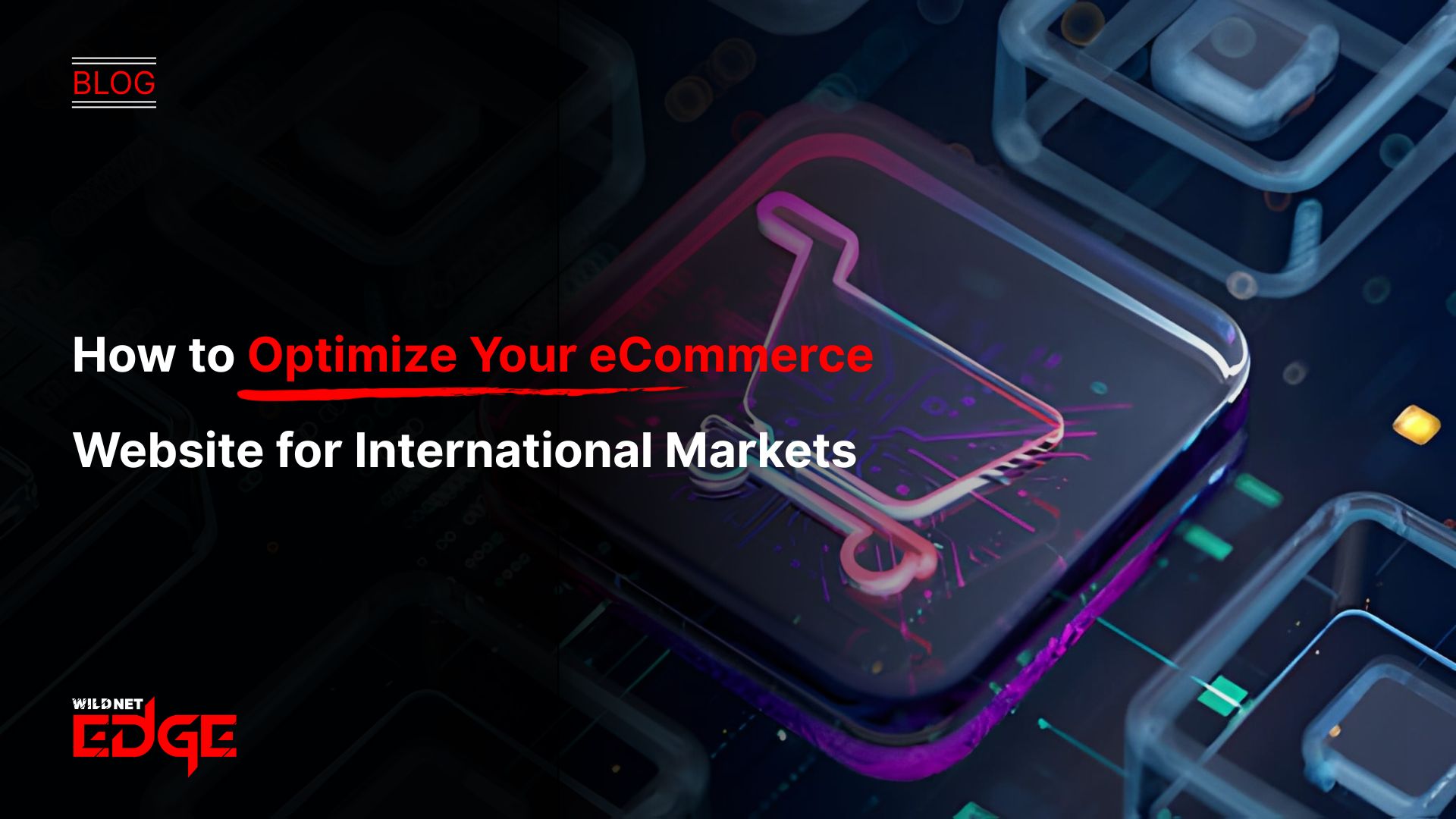TL;DR
This article explores why a game development strategy is a crucial tool for modern businesses, moving beyond entertainment to drive real results. It details the dual benefits of this strategy: gamification for businesses (using game mechanics to boost employee training and customer loyalty) and branded games. The blog covers essential game app planning and highlights how these approaches increase user engagement, improve learning, and create new revenue streams.
When you hear “game development,” your mind probably jumps straight to entertainment, action-packed shooters, or addictive mobile games. But in 2026, some of the world’s most innovative brands are using game design principles to boost employee productivity, strengthen customer loyalty, and drive serious business growth.
Think of it as “business through play.” Companies realize that what makes games addictive, goals, rewards, challenges, and progress, can also make work, learning, and loyalty more engaging.
In this article, we’ll explore how businesses are turning game development strategy into a serious strategy, not just for fun, but for measurable impact. From gamification to branded games, we’ll discuss how these approaches can transform ordinary business processes into experiences people enjoy.
What is a Game Development Strategy for a Business?
A game development strategy is a plan that details how your business will use game design principles and mechanics to achieve specific, measurable goals. It’s not necessarily about creating the next Call of Duty. It’s about using the science of play to solve real business challenges, making work, learning, and engagement more fun and effective.
This strategy typically follows two primary paths:
- Gamification: Adding game-like elements (points, badges, leaderboards, etc.) to non-game activities — like training, customer loyalty, or employee productivity apps.
- Branded Games: Creating a standalone game to promote your brand and connect with your audience in a fun, memorable way.
The Two Pillars of Your Game Development Strategy
Let’s break down both approaches and how they can work for your business.
Pillar 1: Gamification for Businesses (Internal & External)
Gamification for businesses is the most common and often highest-ROI application. It involves integrating game mechanics into existing processes to make them more engaging.
- Internal (Training & Productivity): Instead of a boring compliance video, imagine a learning module where employees earn points, unlock badges for completing sections, and compete on a team leaderboard. This approach is efficient for onboarding, sales training, and knowledge retention.
- External (Loyalty & Engagement): Your customer loyalty program is a perfect candidate. Instead of just “buy 10, get one free,” a gamified system like Starbucks’ (where users earn “stars” to reach new tiers like “Gold Level”) creates a compelling sense of progression and status that drives repeat purchases.
Pillar 2: Branded Games (Marketing & Engagement)
This is a more direct strategy that involves building a complete game as a marketing tool. Think of Chipotle’s “Burrito-Madness” or Red Bull’s “Air Race” mobile games. These apps aren’t designed to make money directly; they are designed to:
- Increase Brand Awareness: Create a fun, memorable interaction with your brand.
- Engage Your Audience: Get users to spend hours interacting with your brand, far more than a 30-second ad.
- Collect First-Party Data: Offer in-game rewards in exchange for email sign-ups, providing a new lead-generation channel.
To pull this off, you’ll want to work with a specialized Game Development Company that understands both tech and player psychology.
Core Business Benefits of a Game Development Strategy
When executed correctly, these strategies deliver powerful, measurable results.
Drives Unmatched User Engagement
Games are addictive. They tap into fundamental human motivators like achievement, competition, and social connection. A well-designed system can turn a mundane task (like data entry or a training module) into an engaging challenge. This is the core power of gamification for businesses.
Improves Learning and Skill Retention
For internal training, this is a massive benefit. Studies consistently show that gamified learning modules have significantly higher completion and knowledge retention rates than traditional methods. Employees are more motivated to learn when they are making progress, earning rewards, and seeing their name on a leaderboard.
Creates New Marketing & Data Channels
A branded game is a marketing channel you own. It’s a non-intrusive, “opt-in” way to connect with your target audience. As users play, they also generate valuable, non-PII data about their behaviors and preferences, which can inform your broader strategies and product decisions.
Boosts Customer Loyalty and Retention
A gamified loyalty program makes customers feel a sense of progression and status. This emotional investment makes them far less likely to churn and switch to a competitor. These gamification for businesses tactics are key to building a loyal community.
Key Steps in Your Game App Planning Process
A successful launch requires thorough game app planning.
1. Define Clear Business Objectives
Your strategy must begin with “Why?” What specific business metric are you trying to move?
- “Increase employee training completion by 40%.”
- “Boost repeat customer purchases by 15%.”
- “Generate 10,000 new marketing leads from our branded game.” Without a clear KPI, you cannot measure success.
2. Understand Your Audience (The Player)
Who is this for? Employees, customers, or both? Their motivations will shape your approach. The psychological motivators for a 20-year-old gamer are very different from those of a 55-year-old executive. Your game app planning must be tailored to the specific player.
3. Choose Your Path: Gamification or Branded Game?
Based on your goals, which path is right? If your goal is to improve an existing process (like training or loyalty), gamification for businesses is the clear choice. This often involves integrating mechanics into your existing applications, a task for a skilled Custom App Development Company. A standalone game might be better if your goal is broad brand awareness.
4. Design the Core Loop and Economy
This is the heart of your game app planning.
- Core Loop: What is the primary action the user will take? (e.g., Complete a lesson, make a purchase).
- Reward: What do they get for doing it? (e.g., Points, a badge, a new virtual item).
- Progression: How do these rewards lead to a larger goal? (e.g., Leveling up, reaching a new tier). This loop must be simple, engaging, and repeatable.
Integrating a Game Strategy with Your Existing Tech
Your game development strategy should not exist in isolation. It’s most powerful when integrated into your core business systems. For example, a gamified sales training app should pull data from your CRM, and a customer loyalty app should be seamlessly connected to your eCommerce platform.
The right Software Development Solutions can bridge the gap between your core business logic and these new game mechanics, ensuring data flows smoothly and the experience is seamless for the user.
Case Studies: Game Strategy in Action
Case Study 1: The Compliance Game; Employees Didn’t Want to Skip
- The Challenge: A large corporation had abysmal completion rates for its mandatory annual compliance training. The content was dry, and employees simply clicked through it without reading.
- Our Solution: We implemented a game development strategy focused on gamification. We transformed the training into an interactive story-based module. Employees earned “compliance points” for correct answers on quizzes, unlocked “ethics badges” for completing modules, and could see their department’s score on a company-wide leaderboard.
- The Result: Training completion rates surged by over 70% in the first quarter. Employee feedback was overwhelmingly positive, and post-training knowledge tests showed a significant increase in information retention.
Case Study 2: A CPG Brand’s Winning Game Strategy
- The Challenge: A CPG brand (Consumer Packaged Goods) wanted to build brand awareness and create a fun engagement channel with a younger, mobile-first demographic.
- Our Solution: We developed a full-scale branded mobile game (a fast-paced “mascot” game). The game was free to play and offered in-game cosmetic items and a 10% discount coupon for completing the first 10 levels. This required our full Mobile App Development Services.
- The Result: The game was downloaded over 500,000 times in its first six months. It created a massive new marketing channel, collected thousands of new marketing leads (via the coupon offer), and significantly boosted brand sentiment among their target audience.
Our Technology Stack for Game Development
Building engaging game mechanics requires a flexible and powerful stack.
- Game Engines (Branded Games): Unity, Unreal Engine
- Cross-Platform (Gamification Apps): Flutter, React Native
- Backend: Node.js, Python, Go
- Databases: PostgreSQL, MongoDB, Redis (for leaderboards)
- Cloud: AWS, Google Cloud, Azure
Conclusion
A well-planned game development strategy is a powerful, modern tool for solving real-world business problems. Whether you use gamification for businesses to motivate your team or build a branded game to delight your customers, this approach taps into a fundamental human desire for achievement, progression, and engagement. It’s a key part of a successful game app planning process that can deliver a serious return on investment.
Ready to build a truly engaging product? At Wildnet Edge, our AI-first approach enhances our development process, allowing us to make intelligent, data-driven game mechanics. We are your expert partner in creating the full spectrum of game development strategy solutions, from initial concept to full-scale Product Development Company services.
FAQs
Gamification is typically much more cost-effective as it involves integrating game mechanics into an existing application or process. Building a full, high-quality branded game is a complete product development cycle and can be a significant investment, similar to creating any other new software product.
The ROI is measured against the specific goals you set in your game app planning phase. If your goal was to improve training, you measure the increase in completion rates and knowledge retention. If your goal was loyalty, you measure the increase in repeat purchase frequency and customer lifetime value.
While highly effective, it’s not one-size-fits-all. The type of gamification must be tailored. Some users are motivated by competition (leaderboards), while others are motivated by achievement (badges) or social connection (team goals). Understanding your audience is key.
For a serious project, the initial game app planning and design phase (defining the core loop, mechanics, and business goals) can take 4 to 8 weeks, even before the main development starts. This upfront strategy is crucial for success.
The biggest mistake is “pointification”—simply slapping points and badges on a bad process without a clear purpose. This feels extrinsic and is often ignored. Effective gamification for businesses must tie rewards to meaningful actions and a sense of genuine progression or mastery.
Yes, this is one of the most common and practical uses. A gamification layer can be integrated into your existing CRM, ERP, or internal portals to encourage specific behaviors (like updating sales records or completing tasks on time).
The first step is to identify a single, clear business problem you’re trying to solve. Don’t start with “we need a game.” Start with “our employee turnover in the first 90 days is too high.” Then, explore how a gamified onboarding process could help solve that specific, measurable problem.

Nitin Agarwal is a veteran in custom software development. He is fascinated by how software can turn ideas into real-world solutions. With extensive experience designing scalable and efficient systems, he focuses on creating software that delivers tangible results. Nitin enjoys exploring emerging technologies, taking on challenging projects, and mentoring teams to bring ideas to life. He believes that good software is not just about code; it’s about understanding problems and creating value for users. For him, great software combines thoughtful design, clever engineering, and a clear understanding of the problems it’s meant to solve.
 sales@wildnetedge.com
sales@wildnetedge.com +1 (212) 901 8616
+1 (212) 901 8616 +1 (437) 225-7733
+1 (437) 225-7733































